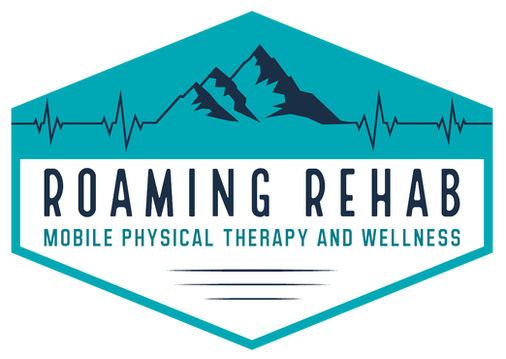|
Lymphedema is a condition that affects millions of people worldwide, yet it remains widely misunderstood. Characterized by swelling in certain parts of the body, often the arms or legs, lymphedema can be both physically uncomfortable and emotionally challenging. However, with proper management and treatment, individuals living with lymphedema can experience improved quality of life and reduced symptoms. In this blog post, we will explore the significance of lymphedema therapy, its various approaches, and how it can positively impact those affected by this condition. What is Lymphedema?Before delving into lymphedema therapy, it's essential to understand what lymphedema is and how it manifests. Lymphedema occurs when the lymphatic system, responsible for draining fluid from tissues, is compromised or damaged, leading to a buildup of lymph fluid. This buildup results in swelling, typically in the arms or legs, but it can affect other parts of the body as well. Lymphedema can be primary, meaning it arises due to abnormalities in the lymphatic system, or secondary, resulting from damage to the lymphatic system, often due to cancer treatment such as surgery or radiation therapy. The Importance of Lymphedema TherapyLymphedema therapy plays a crucial role in managing and alleviating the symptoms of this condition. While there is currently no cure for lymphedema, therapy aims to reduce swelling, improve mobility, prevent complications such as infections, and enhance overall quality of life. Here are some key reasons why lymphedema therapy is essential:
Approaches to Lymphedema TherapyLymphedema therapy encompasses a multidisciplinary approach tailored to the individual needs of each patient. Some common components of lymphedema therapy include:
Lymphedema therapy is a vital component of comprehensive care for individuals living with lymphedema. By addressing swelling, promoting lymphatic drainage, and empowering patients with self-management strategies, therapy plays a significant role in enhancing quality of life and reducing the impact of this chronic condition. Through a multidisciplinary approach tailored to individual needs, lymphedema therapy aims to optimize mobility, functionality, and overall well-being, enabling individuals to live life to the fullest despite the challenges posed by lymphedema.
Do you want to chat about lymphedema and how Roaming Rehab can help you? Please contact us today!
0 Comments
Leave a Reply. |
Roaming RehabEveryone can contribute to this blog! Do you have a suggestion for a topic? Archives
May 2024
Categories |
Proudly powered by Weebly



 RSS Feed
RSS Feed